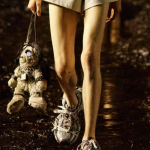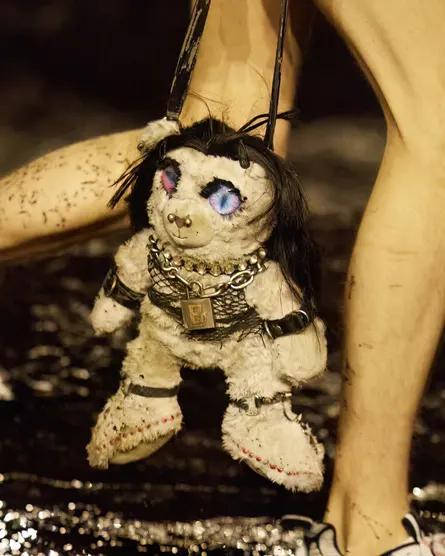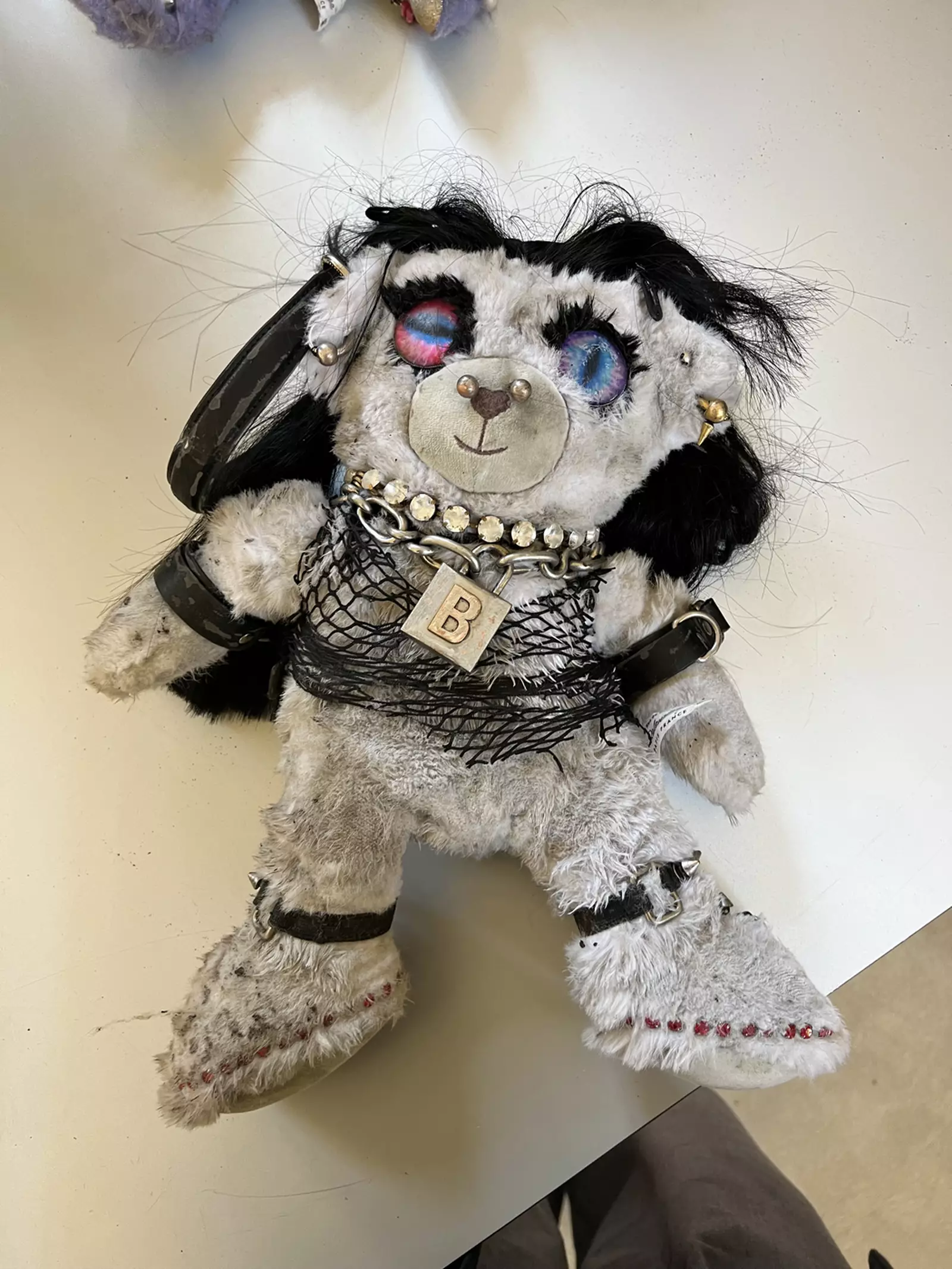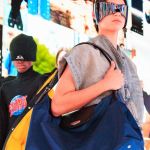
Fashion in the age of conspiracy
And the media drifts of the Balenciaga case
November 30th, 2022
«From now on, anyone wearing Balenciaga is supporting child porn and should be deleted» this is just one of the many tweets you can read online these days, following a series of unfortunate decisions by one of the world's most famous and overexposed brands. The conspiracy theory that has emerged over the past week has led hundreds of thousands of online users to believe that a brand belonging to one of the biggest fashion conglomerates is actively supporting child trafficking. The sentence just quoted goes by the name Layah Heilpern, a Bitcoin expert with 70,000 followers on Instagram, but also an avid devourer of Andrew Tate videos, who in her other tweets declares that "the biggest threat to humanity is the satanic woke agenda", as well as calling Elon Musk "the greatest thing to ever happen to freedom of speech". Heilpern, however, is just one of the many names involved in an affair that, if we are optimistic, we will remember in a few years with the same smile and bewilderment we feel today when we talk about Pizza Gate, the scandal that in 2016 put a Washington pizzeria DC at the center of a gigantic trade in minors, but which today shows us how social networks, misinformation, and a few too many prejudices can make for an explosive mixture. Both for a brand and for the collective mind.
Scrolling through TikTok, the hashtag #Balenciaga counts more than 5.1 billion videos, while the more specific hashtag #BalenciagaChildren shows 7.6 million clips of people burning, throwing, or cutting up the brand's clothes. Although the conspiracy was launched and thrives on a tweet by June Nicole Lapine, a gossip pundit, it has found its widest circulation on TikTok in a cauldron of confusing information and attempts to use the trend for minimum clout. The same mechanism that in these hours is targeting another key figure in the fashion world, Lotta Volkova, who in the social meat grinder has become the "designer of Balenciaga" and the accomplice of something that does not exist, built on summarized information and biassed judgments of those who are convinced that a tweet or a TikTok is automatically the source of a hidden truth, sought almost obsessively in what seems to be, if one reads many comments, the battle between two clearly delineated sides: Us and Them, the elite, the stylists whose existence was ignored until a few minutes ago, and the people. "Who is behind Balenciaga?" somebody asks on TikTok. "Kim Kardashian and Nicole Kidman" someone else replies, proving the superficiality on which the whole issue is based.
Fashion has always been self-regulating when it comes to managing and in some cases covering up its scandals. Just think of Alexander Wang's return to the stage, spared from accusations of harassment and sexual violence, John Galliano's anti-Semitism, and Karl Lagerfeld's fatphobia, to whom the next Met Gala will be dedicated. But what made the difference, in this case, was the battlefield; not the pages of a fashion magazine or the opinion of a fashion insider, but the unregulated bogs of social media, where everything, even what is not, takes the shape that the individual user wants to give it. From social media to television: in the same country where Jeffrey Epstein - tycoon, con man, child molester, pedophile, and at the head of a child prostitution ring as well as a long-time associate of Les Waxner - dined undisturbed at the same table as Donald Trump, an openly Trump-friendly network like Fox News chose to report the news in a misleading and false way, highlighting the words 'pedophile' and 'child abuse' in an argument so irrational it sounded like a Saturday Night Live skit. The media case has obviously taken a political turn, fuelling that section of the public that thrives on conspiracies and conspiracy theories, from no-vax to deniers, since Candace Owens and Carlson Tucker, both openly pro-Trump and close to the American Republican wing, have taken sides against Balenciaga, prompting accusations that, as someone commented online, «it's not about child safety, it never has been, it's always been about spreading a different message under the guise of protecting children.»

The parents of one of the children featured in the campaign defended the brand, calling the experience "an enjoyable outing", but in the flood of hateful comments, this statement went completely unnoticed. While the brand's fault, negligence, and error are there and should be pointed out, some people, the same people who have swept real scandals under the carpet with real accusations in the past, preferred to cower in a corner for fear of losing their personal influence. In this way, they are probably not so different from those who today come up with crazy theories and write 'dig deeper' in the belief that they are on the Pulitzer scent. So the problem is not with Balenciaga, who certainly had a duty to manage content better and more consciously, but touches on the whole system and the time each of us has to manage a publication. It is a natural reflection of the irrational rush that is social media, the lack of time to pause and think before passing judgment, and spreading hate. «However, when one is constantly playing on the terrain of divisive issues that emerge in social times,» comments Giuliana Matarrese in l'Linkiesta, «even the teddy bear with the choker becomes a bone of contention. Where instead it was a matter of careless bad taste and general inertia that is hard to question. Where instead, in this market numbed by the need for relevance and (in most cases) poor in real substance, it would be necessary to avoid the "Why not?" (...) and simply ask "Why?" once again.»
























































